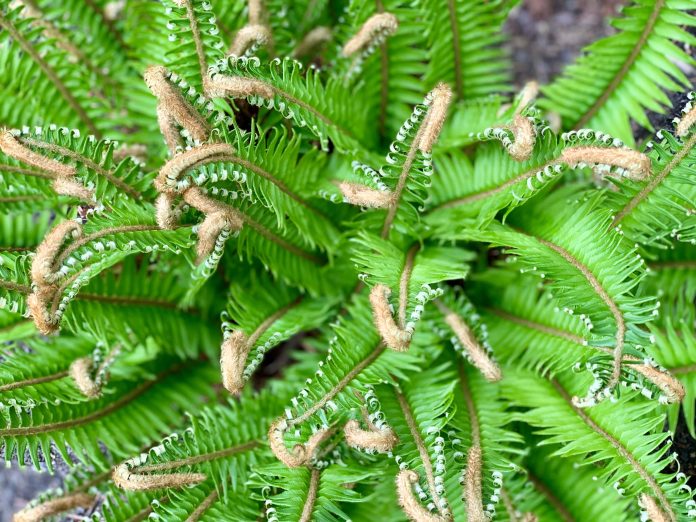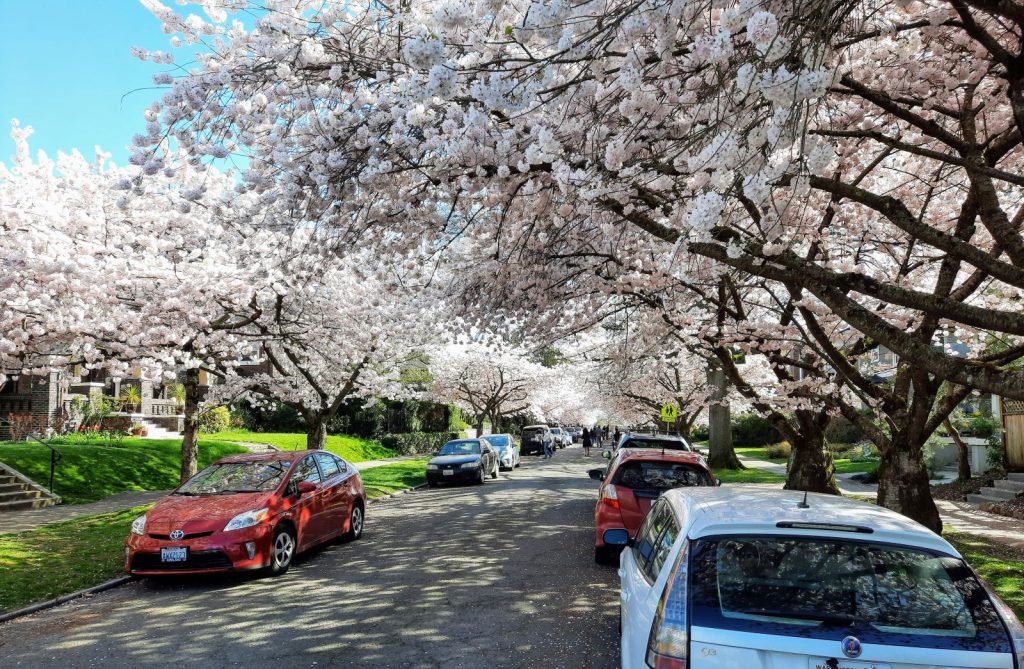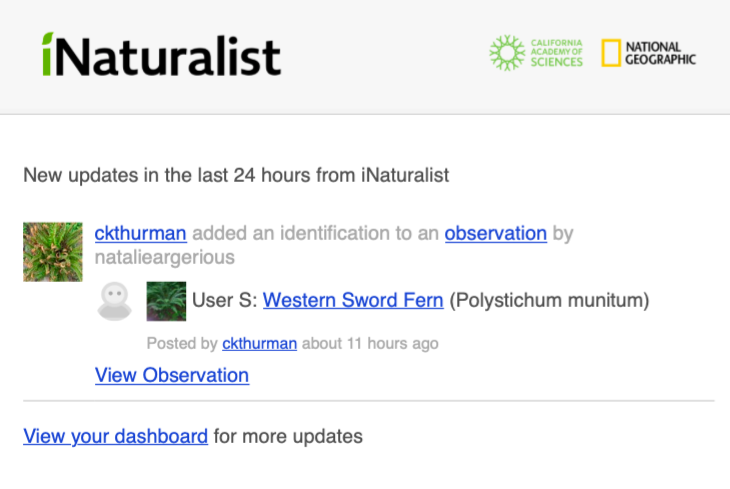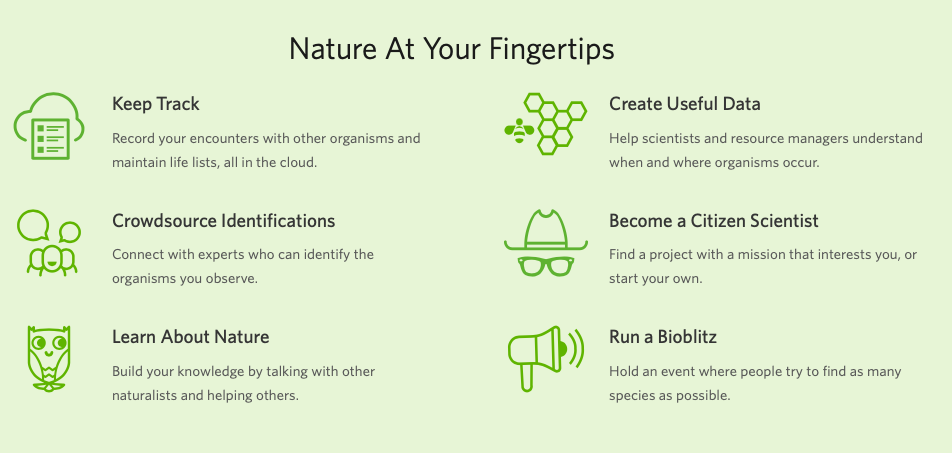
Participate in an annual international effort to document the biodiversity found in cities.
We tend to think of cities as the domain of homo sapiens, but the fact is that we share our cities with countless other living beings. Even as urbanites, we brush shoulders with hundreds, if not thousands, of different species everyday. In an effort to better document and understand the biodiversity found in cities, the Community Science teams at the California Academy of Sciences and the Natural History Museum of Los Angeles County first began the City Nature Challenge (CNC) in 2016 as a competition between San Francisco and Los Angeles. Since then, the CNC has developed into an international effort that has inspired people around the world to find and document wildlife. In 2020, residents from 244 cities, including Seattle, partook in the challenge, identifying approximately 32,000 species, 1,300 of which were categorized as rare or endangered.
This year, the CNC is hoping to expand its efforts even further. Similar to last year, the 2021 CNC will not be ranked, shifting the emphasis from competition to collaboration during the Covid pandemic. Organizers are hoping to enlist tens of thousands of volunteers to make 2021 the most successful CNC yet.
So how can you participate? It’s easy. Simply download the free iNaturalist app to your smartphone, create an account, and begin sharing your observations with naturalists around the world. All observations logged during the April 30th to May 3rd timeframe will be counted.
Shortly, after creating my iNaturalist account, I uploaded a photo of a fern taken on my street. Within a few hours my observation was identified as a Western Sword Fern, a plant native to western North American whose habitat spans from Alaska to southern California. Despite being a nature lover, I am absolutely terrible at identifying plants — and sometimes animals too. It was gratifying to learn a little bit more about the wildlife that is so important to my daily happiness.
iNaturalist makes it easy to become a backyard naturalist
Created as a joint initiative between National Geographic and the California Academy of Sciences, the iNaturalist app makes it easy to become a citizen scientist or simply become a bit more knowledgeable about the habitat you live in.
Additionally if you live or spend time in Capitol Hill, your participation in the 2021 CNC will have the double impact of contributing to an effort to better document the wildlife living in the Capitol Hill Connections Corridor. More details and sign-up information can be found here.
Becoming a backyard naturalist is a trend that’s on the rise. The Stranger wrote recently about Seattle’s Feminist Bird Club, which is devoted to inclusive birding, and more books like Losing Eden: Why Minds Need the Wild, are being published. The Covid epidemic has led to increasing numbers of people seeking solace in nature, making this a great time to tune into the natural world.

In an article entitled, “I Know About Plants Now,” Melissa Dahl explains how the iNaturalist app has changed her relationship with nature. “Before I started using iNaturalist, I just saw “nature” — trees and plants and flowers. They all blended together. Now, when I’m walking my dog, I mentally nod to the ones I know… Plants live here, too. Learning their names just feels polite.”
In her writing, Dahl gives a nod to Jenny Odell, author of “How to Do Nothing: Resisting the Attention Economy,” a book which goes deep into the author’s experience with the iNaturalist app. I have read, and whole-heartedly recommend, Odell’s book; in lieu of sermonizing, Odell’s writing uses personal experience to show how much we can benefit from making wiser choices about how we focus on our attention, including the many benefits that come with devoting more attention to wildlife.
Technology can distract us, but it can also be used to bring us closer to the things, like nature, which really matter in our lives. So take a moment to download the iNaturalist app. Who knows… you may end up documenting a rare or endangered species. Or — like me — you might finally get on a first name basis with the wildlife that colors your life. Hello, Western Sword Fern!
Natalie Bicknell Argerious (she/her) is a reporter and podcast host at The Urbanist. She previously served as managing editor. A passionate urban explorer since childhood, she loves learning how to make cities more inclusive, vibrant, and environmentally resilient. You can often find her wandering around Seattle's Central District and Capitol Hill with her dogs and cat. Email her at natalie [at] theurbanist [dot] org.




